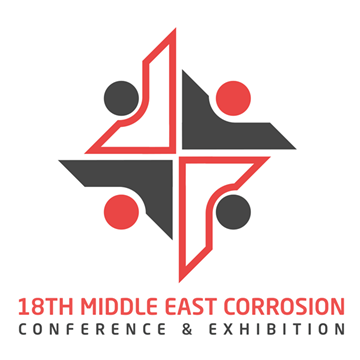Search
Products tagged with 'diffusion'
View as
Sort by
Display
per page
Diffusion of Hydrogen into Pipeline Steel around an External Weld
Product Number:
51323-19403-SG
Publication Date:
2023
$20.00
Factors On Tank Lining For Corrosion Prevention
Product Number:
51321-16583-SG
Publication Date:
2021
$20.00
Influence of Oxygen Diffusion Coefficients and Soil Moisture Content on the Corrosion Behavior of Carbon Steel
Product Number:
MECC23-20174-SG
Publication Date:
2023
$20.00
Modelling Of IGSCC With Adaptive Framework
Product Number:
ED22-17225-SG
Publication Date:
2022
$20.00
The Susceptibility of Prestressing Strands Within Grouted Post-Tensioned Tendons to Hydrogen Embrittlement: A Review
Product Number:
51321-16869-SG
Publication Date:
2021
$20.00






